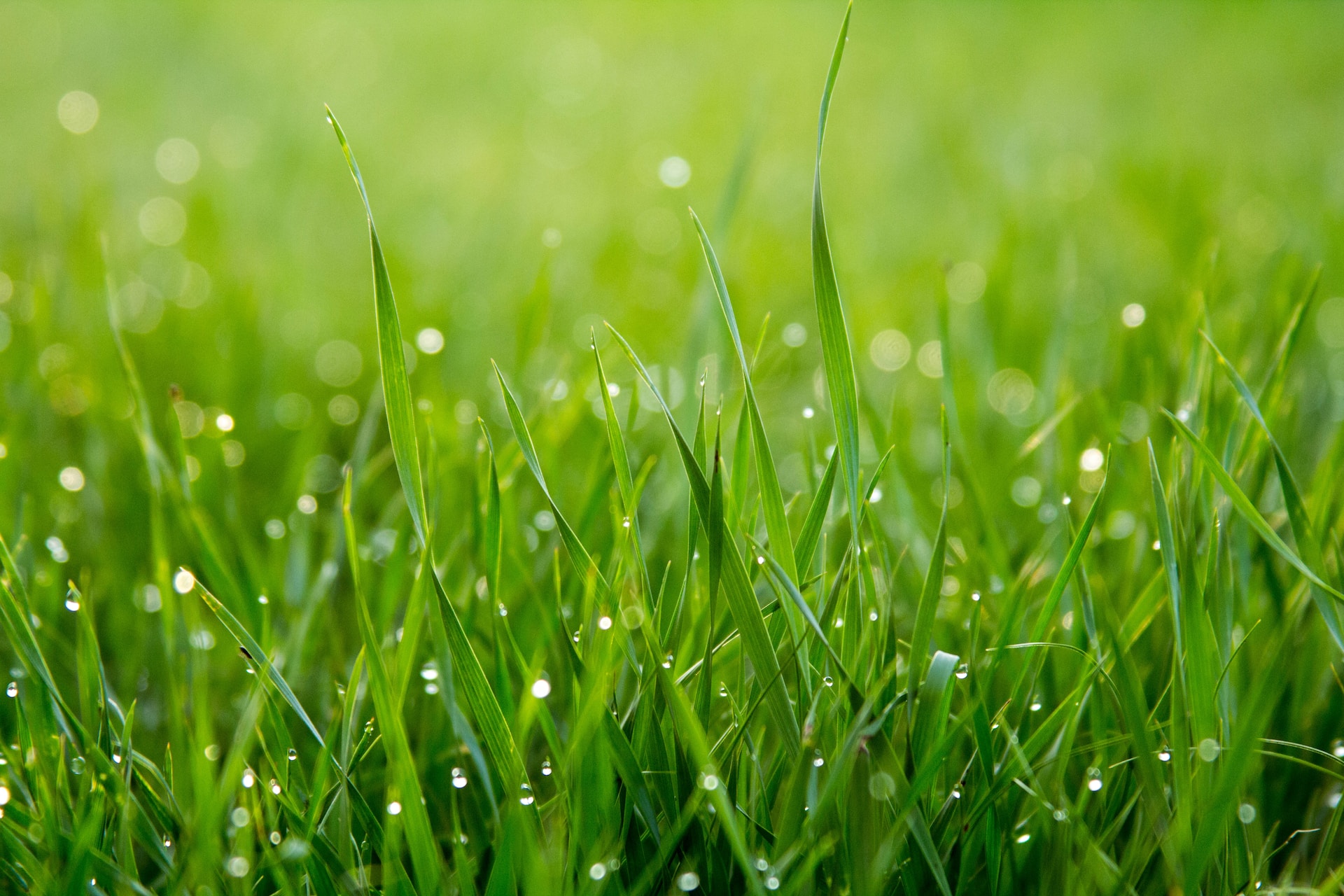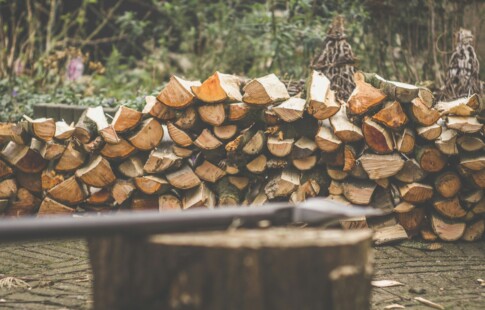
What Is Biomass in Ecology?
We are reader-supported. When you buy through links on our site, we may earn affiliate commission.
Biomass has two different meanings depending on which field of science you’re studying. In renewable energy, biomass is an organic substance, like wood or grass, that can be used as an alternative to fossil fuels. In ecology, the term refers to the physical mass of all living organisms of one species — or a group of species — in an area. Here’s a closer look at that second definition.
Understanding Biomass
Species biomass refers to the mass of all living organisms of one species in an ecosystem or specific area. Community biomass is the mass of all species in an area.
As quick a refresher, mass refers to how much matter an object contains. It’s similar to weight, but it’s not location-specific like weight is. An animal’s mass stays the same whether it’s on Earth or the moon. In contrast, its weight depends on how much gravitational force is pulling it down.
There are different ways to measure and classify biomass depending on why you’re measuring it in the first place. For example, if you own a dairy farm, you might measure the biomass of your cows as their total, collective live weight. For other purposes, it’s common to measure the biomass of dried organic matter, such as oven-dried leaves or branches, and exclude water from the calculation.
What Are Trophic Levels?
Trophic levels are the different levels of a food chain within an ecosystem. The bottom trophic level typically contains the most biomass, while the top contains the least. The trophic levels are:
- Producers: Plants and phytoplankton are producers, forming the basis of all life on Earth. Their biomass comes from photosynthesizing sunlight and drawing in water to form new tissues.
- Primary consumers: Also called herbivores, these are animals that eat plants. Grasshoppers are an example of primary consumers.
- Secondary consumers: These meat-eating animals consume herbivores. Some of them may also eat plants, but the main takeaway is that they kill and eat the herbivores from the trophic level beneath them. Shrews are an example of secondary consumers.
- Tertiary consumers: At the top trophic level are the tertiary consumers, sometimes called apex predators. They eat primary and secondary consumers. Owls are an example of a tertiary consumer.
Why Does Biomass Decrease Going Up the Trophic Levels?
An important concept in ecology is that as you go up a trophic level, you find only 10% of the biomass from the previous trophic level. It’s called the 10% rule.
Here’s an example to make the concept clearer. Imagine you have 1000 pounds of grass in your pasture. Going up to the second trophic level, your field is home to roughly 100 pounds of insects that eat the grass. The pasture also contains 10 pounds of shrews that munch on the bugs. Finally, there’s also one pound of carnivorous birds — let’s say two kestrels that each weigh half a pound — to eat the shrews.
Each time you go up a level, only one-tenth of the biomass from the previous level is conserved, while the rest is used up or lost. Where does it all go?
Picky Eating
Last time you ate chicken, which part did you enjoy the most — the meat or the feathers? Did your side salad have a few woody stems in there?
From herbivores to carnivores, very few animals eat every part of their food. That’s because wood, hair, feathers, bones, teeth, and shells aren’t very nutritious compared to leaves and meat, so many animals eat around them. This waste accounts for part of the 90% of biomass that stays behind.
Imperfect Digestion
Even animals that eat their prey live usually can’t digest all the tough parts. Some pieces will make their way back out of the body without providing any nutrients.
For example, owls will hack up a pellet of hair, feathers, and bones roughly twice a day. They poop out anything else they can’t eat, since evolving the enzymes and chewing mechanisms needed to digest these materials just isn’t worth the very little energy they provide.
Moving, Breathing, and Excreting
If you eat two pounds of food a day, you don’t gain two pounds per day — thank goodness for that! Most of the food you eat fuels your daily functioning, and your body stores only excess calories as muscle or fat. Even at rest, it takes energy for your body to breathe, pump blood, swallow, blink, and think. Factor in moving around, and suddenly you’re holding onto very little of the calories you ate.
Few animals can afford to eat more calories than they need in the wild. Many are only able to eat just enough — or slightly less than what they need — to perform basic functions. Therefore, very little of the biomass from one trophic level gets stored as muscle or fat in the next level. That means when something eats an animal, it doesn’t get all the biomass the animal ever ate in its life.
Dying
A fourth reason only 10% of biomass gets transferred to the next trophic level is that some plants and animals die without being eaten. Therefore, their biomass goes back into the ground or water and feeds the producers, sending the flow of energy downward along the energy chain.
Calculating the Efficiency of Biomass Transfer
Let’s get technical. Ecologists often want to calculate the actual percentage of biomass passed from one trophic level to the next — not estimate using the 10% rule, which is just an average. To do so, they use this formula:
Efficiency percentage = Biomass transferred to the next level divided by the biomass available at the previous level, multiplied by 100
For example, 15 pounds of shrews divided by 150 pounds of insects is 0.1. Multiply it by 100 to get 10, the efficiency percentage.
The Importance of Studying Biomass
What is biomass? In ecology, it’s the total mass of all living organisms or one particular species in an area. Biomass provides important clues about the health of an ecosystem. By measuring biomass, ecologists can gauge how individual species or entire communities are doing.
Share on
Like what you read? Join other Environment.co readers!
Get the latest updates on our planet by subscribing to the Environment.co newsletter!
About the author
Steve Russell
Steve is the Managing Editor of Environment.co and regularly contributes articles related to wildlife, biodiversity, and recycling. His passions include wildlife photography and bird watching.





